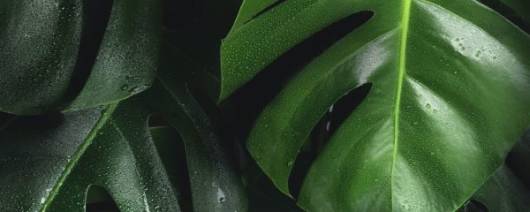
- INCI Name:Leptospermum Scoparium Branch/Leaf Oil
- Ingredient Origin:Natural Origin, Non-Animal Origin, Plant Origin
- Benefit Claims:Relaxing, Cleansing, Anti-Bacterial, Anti-Viral, Non-Irradiated, Anti-Fungal, Moisturizing, Anti-Inflammatory, Healing, Soothing, Antimicrobial
- Labeling Claims:BSE-free, Plant-Based, Not Tested on Animals, Non-GMO, Clean at Sephora, PEG-free, Cruelty-Free, Phthalates-free, Ulta Beauty's Conscious Beauty, Not Listed In California Proposition 65, Nanomaterials-free, Organic, Naturally Derived, TSE-free, Natural, CMR Substances-free, Non-Toxic
- Certifications & Compliance:USDA Certified, Organic Certified, FDA Compliant, Nagoya Compliant
Most people will know Manuka for its honey, but the plant also produces a beautiful essential oil. With a fresh, herbaceous, crisp aroma, Manuka oil has been used for centuries to ease muscular aches and pains, to soothe and moisturize skin, and promote healing. Leptospermum scoparium is a fast growing, small tree is native to New Zealand and parts of Australia. The oil is produced by steam distillation of the leaves and small branches. This versatile oil is a powerhouse, with antibacterial, antifungal, antimicrobial, anti-inflammatory properties among others, with a subtle, calming scent. Manuka oil is a valued ingredient in a wide variety of products including skincare, wound care, hair care and body care, plus products targeting skin irritations and fungal issues. Our Manuka oil has a triketone level of 5+.